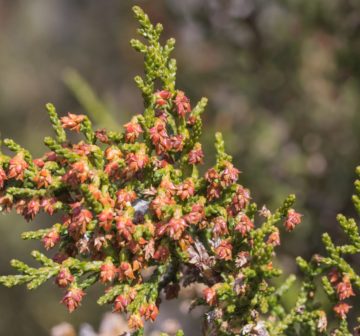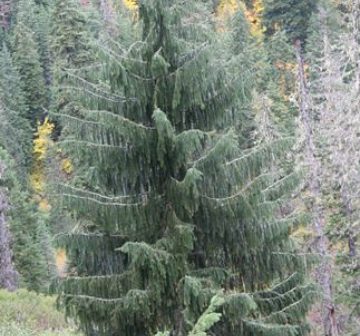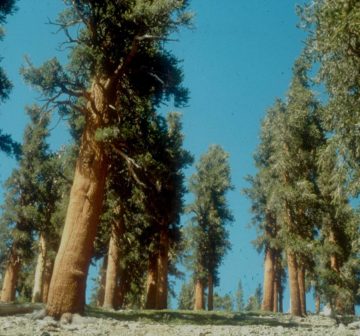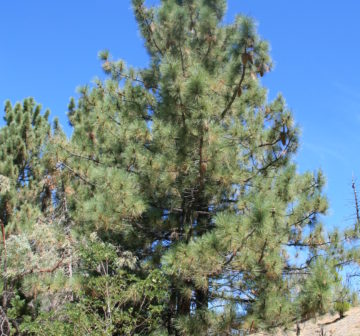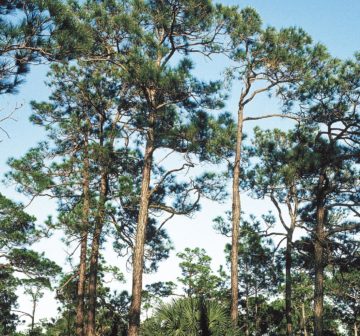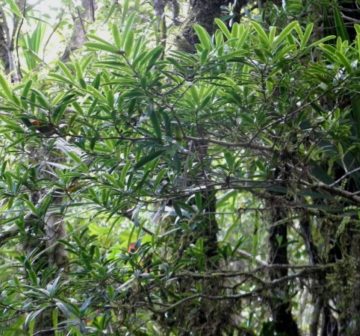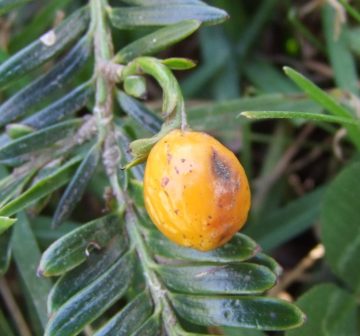Categories · Threats
Habitat shifting and alteration
Climate changes can produce major changes in habitat composition and location. Decreases in precipitation may allow more drought tolerant species to invade or it may also lead to a higher frequency and intensity of fires especially if it is associated with increases in average temperatures.
Conversely, such changes could allow fire-adapted conifers to broaden their range. Increases in average winter temperatures may lead to more intensive and more widely distributed outbreaks of pests and diseases as more adults survive the winter. Individual trees may also be more susceptible to pests and diseases if they are already stressed by water shortages, higher temperatures or where they are already threatened by other cause such as overgrazing. These types of impacts are becoming more evident in the conifer forests of northern America and in the mountains of Morocco and Algeria. Species that are restricted in their geographical range, especially those that have narrow ecological niches such as at the tops of mountains are particularly susceptible to habitat shifting and alteration.
There are 22 taxa in the category – Climate change, Habitat shifting and alteration:
< Previous page · Page 2 of 3 pages · next page >
Download full list of taxa in this category as CSV
< Previous page · Page 2 of 3 pages · next page >


